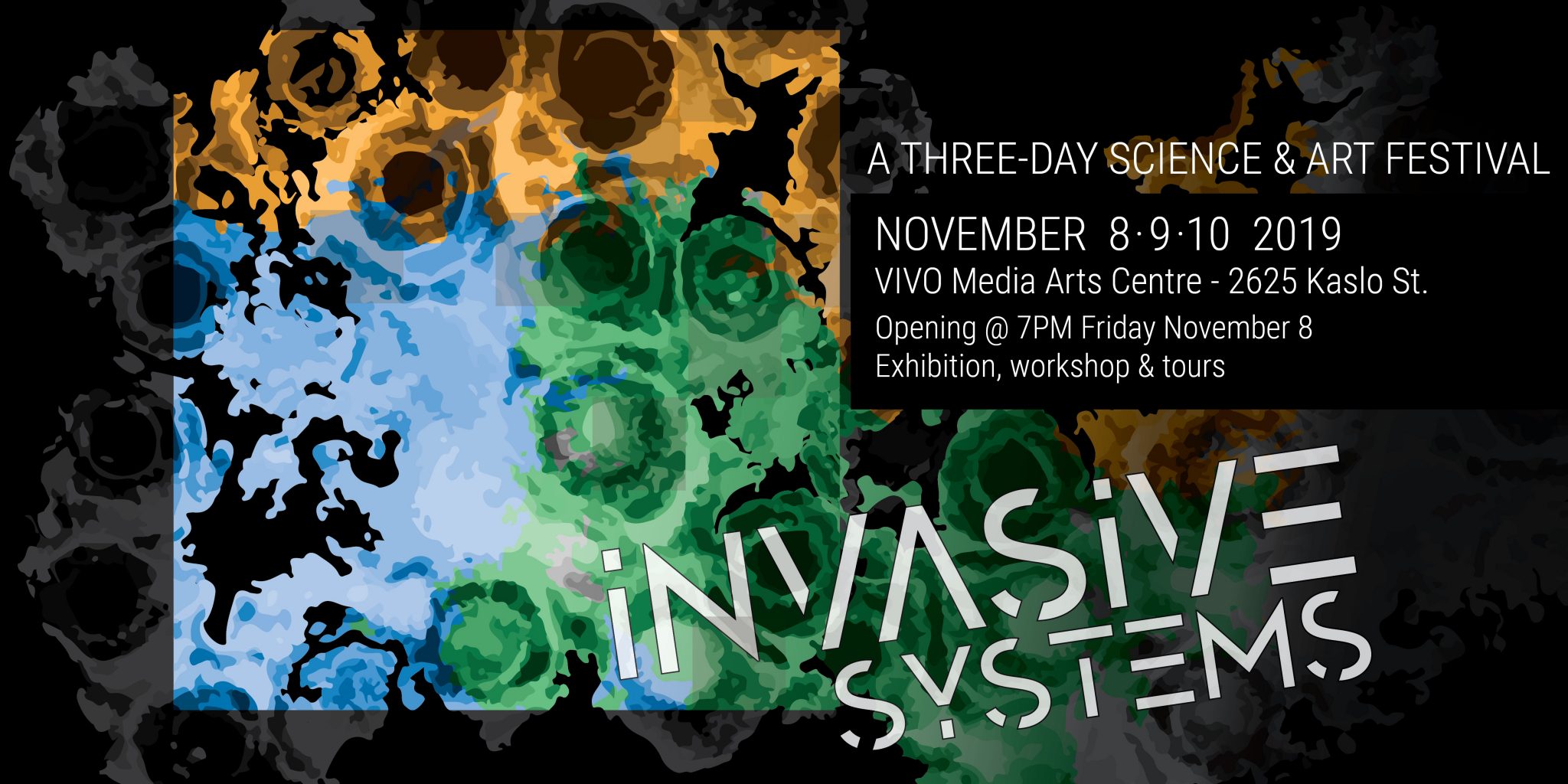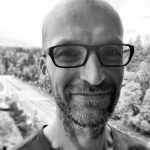About Collisions Festival 2019 (November 8·9·10)
Invasive Systems is a three-day interactive festival exploring the influences of ecology, technology, & infrastructure on our inner and outer lives, and how we can understand our observations from both scientific and artistic perspectives — are these influences desirable, inevitable, or preventable?
Tickets range $10-30
Tickets range $26-40,
with complimentary festival entry on Fri/Sat/Sun
Picture this – a world where AI invades human creativity, bacteria invade our brains, and invisible technological signals penetrate all natural environments. Where invasive species from plants to humans transform spaces where they don’t belong, technology infiltrates every aspect of our daily lives, and the waste of human inventions ravages our natural environments.
That world is here, and the time is now. Can we recognize and better understand how these invasive systems transform or become part of our world? Through visual art, multimedia installations, and interactive experiences, join artists and scientists at “Collisions Festival: Invasive Systems” to explore the delicate and complicated nature of how both living and inanimate things redefine our lives and environments.
This weekend festival includes an art-science exhibition, a hands-on workshop (Sat, separate registration required), and guided discussions and tours by the curator (Sat/Sun). It will showcase collaborative works by three artist/scientist pairs, and independent works by six artists. Opening reception will be on Friday, November 8 starting at 7pm; curator’s remarks and performance by Edzi’u at 7:30pm and 9pm.
This festival is curated by Char Hoyt, Creative Director of Curiosity Collider
Artist/Scientist Collabs: Laara Cerman & Scott Pownall, Dzee Louise & Linda Horianopoulos, Kathryn Wadel & Garth Covernton
Participating Artists: Christian Dahlberg, Chris Dunnett, Edzi’u, Twyla Exner, Joanne Hastie, Katrina Wong.
Scroll down for more information about participating artists and scientists, workshop details, curator's tours, and guided discussions.
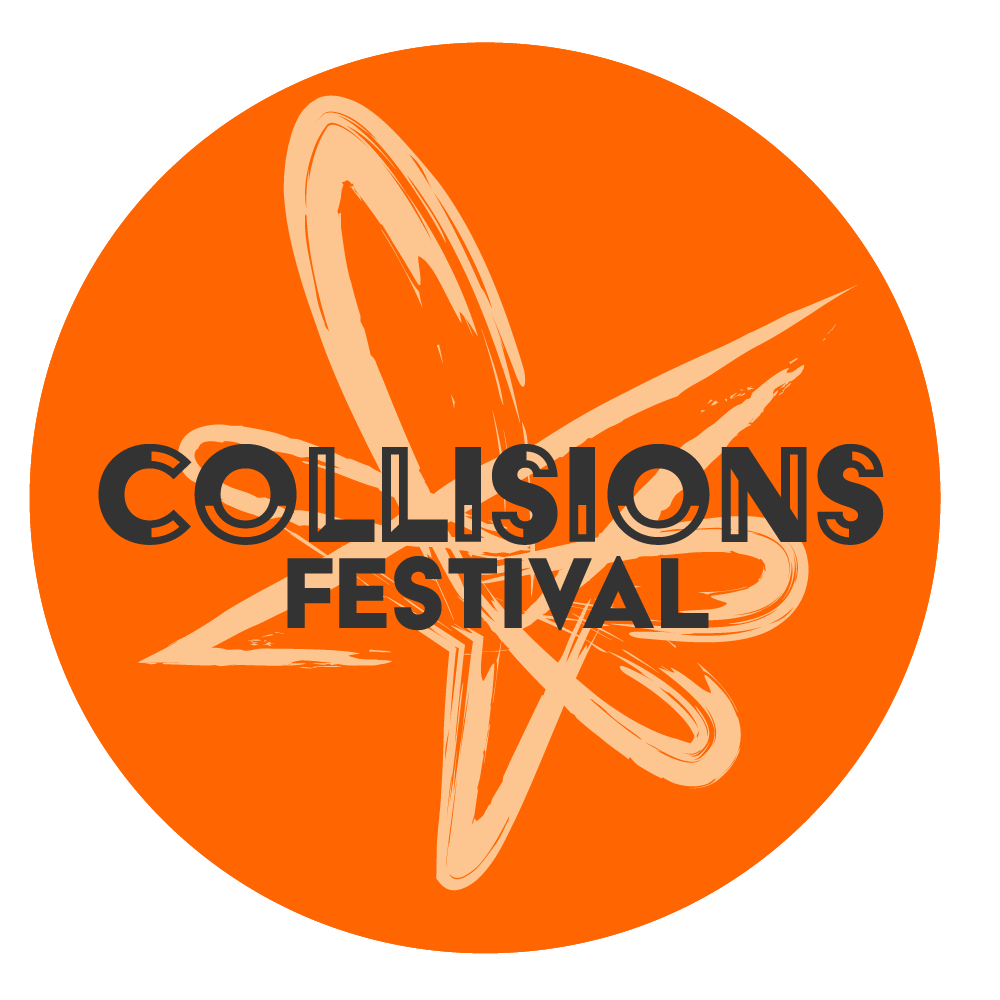
2019 Collaborating Artist/Scientist Teams
Laara Cerman (artist) & Scott Pownall (scientist)
Play “Flora’s Song No. 1 in C Major,” created from the DNA of local invasive plants, on a handcrafted wooden ‘Glockenspiel’ style hand cranked music box.
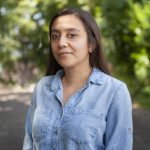 Cerman’s work explores the intersection of art, science, and history through investigating patches of wildness that survive within suburban and urban landscapes. Her explorations continue into the forests of British Columbia where she aims to teach herself how to see the diversity of the forest floor in the midst of an era where this knowledge has lost its priority but not its importance. With an ongoing practice of collecting wild plant specimens, Laara is creating a digital herbarium documenting the life cycle of plants while learning about different aspects and uses of flora growing in Canada’s most biodiverse province. Through learning about the role of plants in the ecosystem and the gifts they offer us, one becomes more conscious of the mutual connections of life and the importance of reciprocity between humans and the Earth.
Cerman’s work explores the intersection of art, science, and history through investigating patches of wildness that survive within suburban and urban landscapes. Her explorations continue into the forests of British Columbia where she aims to teach herself how to see the diversity of the forest floor in the midst of an era where this knowledge has lost its priority but not its importance. With an ongoing practice of collecting wild plant specimens, Laara is creating a digital herbarium documenting the life cycle of plants while learning about different aspects and uses of flora growing in Canada’s most biodiverse province. Through learning about the role of plants in the ecosystem and the gifts they offer us, one becomes more conscious of the mutual connections of life and the importance of reciprocity between humans and the Earth.
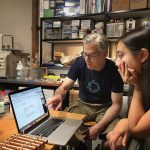 (PhD, Genetics, UBC) is a co-founder and President of Open Science Network Society. He is passionate about breaking down the barriers people face when trying to understand and engage with biology and DNA technologies. He has a lifelong passion and curiosity for the world around him and this drives his diverse interests. He runs Vancouver’s first community biolab at OSN.
(PhD, Genetics, UBC) is a co-founder and President of Open Science Network Society. He is passionate about breaking down the barriers people face when trying to understand and engage with biology and DNA technologies. He has a lifelong passion and curiosity for the world around him and this drives his diverse interests. He runs Vancouver’s first community biolab at OSN.
Kat Wadel (artist) & Garth Covernton (scientist)
Wadel’s projection sculpture “Polymer Legacy” – constructed from found materials,documented plastic waste and scientific research – asks the viewer to reflect on our dependence on plastics and confront the damaging effects of our synthetic-polymer legacy.
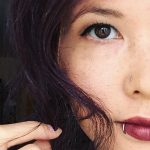 is an interdisciplinary mixed media artist based in Vancouver, British Columbia. She graduated with a BFA degree from Emily Carr University of Art + Design and is an associate of the James Black Gallery. Kathryn engages her audience with site-specific installations constructed from repurposed and hand-built materials. Her advocacy for cultural diversity and science literacy influence concepts and themes expressed in her practice. She investigates ecological relationships between humans and nature and the social and scientific networks connecting individuals with others and the environment.
is an interdisciplinary mixed media artist based in Vancouver, British Columbia. She graduated with a BFA degree from Emily Carr University of Art + Design and is an associate of the James Black Gallery. Kathryn engages her audience with site-specific installations constructed from repurposed and hand-built materials. Her advocacy for cultural diversity and science literacy influence concepts and themes expressed in her practice. She investigates ecological relationships between humans and nature and the social and scientific networks connecting individuals with others and the environment.
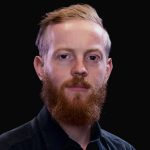 Covernton is a PhD candidate at the University of Victoria where he conducts research on microplastics in the marine environment. He is specifically interested in methods for detecting and quantifying microplastics, microplastic ingestion by fish and invertebrates, and in the food web dynamics and ecological implications of microplastic ingestion by marine animals. He is broadly interested in the influences of anthropogenic stressors on marine ecological communities.
Covernton is a PhD candidate at the University of Victoria where he conducts research on microplastics in the marine environment. He is specifically interested in methods for detecting and quantifying microplastics, microplastic ingestion by fish and invertebrates, and in the food web dynamics and ecological implications of microplastic ingestion by marine animals. He is broadly interested in the influences of anthropogenic stressors on marine ecological communities.
Dzee Louise (artist) & Linda Horianopulos (scientist)
Through “Crossing,” an interactive puzzle painting, examine how microbial colonies that communicate like our nervous system can impact our behaviours and the processes in our body. Invasion alarms ring – when their interactions with our bodies, particularly our brains, become undesirable or a threat.
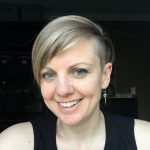 Louise is a Vancouver based artist. She received her BFA from ECUAD, and a BEd from the SFU. For the past few years, she has been focusing her investigations on the subtleties of the body and human experience, recognizing its interconnections with the social and environmental spheres. Her work has been featured in scientific journals and exhibited in solo and group shows. She has participated in the Eastside Culture Crawl since 2010.
Louise is a Vancouver based artist. She received her BFA from ECUAD, and a BEd from the SFU. For the past few years, she has been focusing her investigations on the subtleties of the body and human experience, recognizing its interconnections with the social and environmental spheres. Her work has been featured in scientific journals and exhibited in solo and group shows. She has participated in the Eastside Culture Crawl since 2010.
 is a PhD candidate in the Department of Microbiology and Immunology at the University of British Columbia. Her research focus is studying the molecular biology of the fungal pathogen Cryptococcus neoformans to gain a better understanding of how this fungus can establish an infection and cause disease in human hosts. She also has a passion for teaching and science communication and is very excited to explore a new type of science communication through collaborating with local artists through Curiosity Collider.
is a PhD candidate in the Department of Microbiology and Immunology at the University of British Columbia. Her research focus is studying the molecular biology of the fungal pathogen Cryptococcus neoformans to gain a better understanding of how this fungus can establish an infection and cause disease in human hosts. She also has a passion for teaching and science communication and is very excited to explore a new type of science communication through collaborating with local artists through Curiosity Collider.
2019 Participating Artists
 A breakdown of an architectural pattern reveals how a small, seemingly insignificant change can dramatically alter a final outcome.
A breakdown of an architectural pattern reveals how a small, seemingly insignificant change can dramatically alter a final outcome.
Emily Carr College of Art and Design, Graduated 1991
Photography/Painting/New Media
I had spent 5 seasons planting trees all over British Columbia and did a series of artworks which attempted to mimic the extraction and processing of timbers. Later I did a similar series of works which mimiced the constuction industry.
I have an art Studio in Vancouver.
Website:
Viewpoints is a series of videos that examine the invasive roll media and technology plays in shaping our understanding of the world.
is a multidisciplinary artist currently based in Port Moody, BC. He holds a BFA from NSCAD University, MSc from the University of Toronto and a BSc from the University of New Brunswick. Chris has spent the past decade working in non-profit arts organizations, as a professional printmaker and as an educator. His diverse interests include landscapes, human movement, socio-political satire and the social effects of technology.
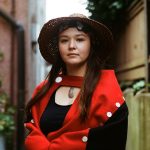 The installation, Moose are Life speaks to the effects of the colonial inheritance of Indigenous peoples, and the invasive systems of capitalism, colonialism, and non-resident hunters in Tahltan Territory.
The installation, Moose are Life speaks to the effects of the colonial inheritance of Indigenous peoples, and the invasive systems of capitalism, colonialism, and non-resident hunters in Tahltan Territory.
is a mixed race Tahltan and inland Tlingit sound artist, songwriter and composer. Her songs are an incarnation of her family’s ancient tradition of storytelling; realized by designing sound through vintage and current audio recordings, electronic instruments and the voice. Edzi’u has a degree in music composition from Vancouver Community College, with a minor in classical voice. Her body of work, Kime Ani, samples audio from recordings of three generations of her matriarchs and grandmothers stories. Edzi’us songs are vessels of history, tradition, and adaptation; a sonic commentary of her world view and life experience through a contemporary Indigenous lens.
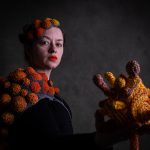 “Invasion.” Technological waste woven and twisted into organic forms burst forth from an abandoned desktop computer, imagining it evolving to support a second life.
“Invasion.” Technological waste woven and twisted into organic forms burst forth from an abandoned desktop computer, imagining it evolving to support a second life.
is a Canadian artist investigating the wonders of nature and the idea of electronic technologies gone awry. She uses the materials and imagery of discarded electronic technologies to create whimsical and worrisome sculptures, drawings, and installations that propose hybrids of technological structures and living organisms. From Treaty 4 Territory of the Saskatchewan prairies, Twyla now lives and plays in the forest of Northern British Columbia on the traditional, unceeded territory of the Lheidli T’enneh.
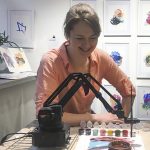 As you watch a robot create abstract paintings, consider how AI created artwork will affect how we value human creativity?
As you watch a robot create abstract paintings, consider how AI created artwork will affect how we value human creativity?
is an artist who uses technology to automate the process of fine art painting. In her latest work she uses a robotic arm and Artificial Intelligence. Joanne has been consistently painting for the past 15 years creating cityscapes and landscapes of the places she sees and travels to. In the past two years, Joanne has merged her education as a Mechanical Engineer and brought it into her artist process. She taught herself to write Python code and started to write code for a robotic arm to paint using her style.
In her latest work she uses the software to create colorful abstracts and then uses Machine Learning and AI to curate and title them. Through these projects Joanne is automating the creative process of painting including the ideation, curation and creation of the art.
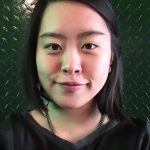 Reconstructions of native, cultivated and invasive plants into new hybrid flowers, or Frankenflora, demonstrate how hybridization can lead to invasive-ness in particular environments.
Reconstructions of native, cultivated and invasive plants into new hybrid flowers, or Frankenflora, demonstrate how hybridization can lead to invasive-ness in particular environments.
is an artist, writer, and editor. Learning from literature, botany, herbaria and ikebana, she makes flowers from dried or pressed plants and calls them Frankenflora. She currently writes about sciart as a subject editor at Science Borealis, a Canadian science blog, and edits in full-time and freelance capacities. She is also the creator of Seagery Zine, a small annual print publication that explores the overlap between art, science and literature.
2019 Events
Collisions Festival will be hosted at the (2625 Kaslo St, Vancouver, BC V5M 3G9).
Tickets range $10-30
Tickets range $26-40,
with complimentary festival entry on Fri/Sat/Sun
DNA Sonification Workshop (Saturday, November 9 from 12:30pm to 3:00pm)
Are you curious about data sonification? Wondering how music theory and DNA sequence could converge to create a work of art and science? Join artist Laara Cerman and scientist Scott Pownall to learn the process of DNA barcoding, and how to sonify DNA sequences with basic music theory and MIDI freeware.
Due to venue capacity, this workshop will be capped at 12 participants. .
Guided discussions and tours (Saturday and Sunday)
Curator’s tours (3:15-3:45pm) & guided discussions (4-4:45pm) are available on both Saturday and Sunday. In addition, artist will be on site with the painting robot arm.
We acknowledge that Collisions Festival takes place on the traditional, ancestral, unceded territories of the xwməθkwəy̓əm (Musqueam), Skwxwú7mesh (Squamish), Stó:lō and Səl̓ílwətaʔ/Selilwitulh (Tsleil- Waututh) Nations. We are grateful for the opportunity to live and work on this land.
The 2019 Collisions Festival is brought to you by
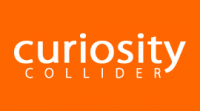
Funding and support are provided by

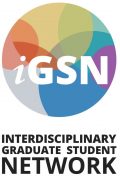
Would you like to support future Collisions Festivals?
Contact our Development Director Julia Amerongen Maddison for more information.
